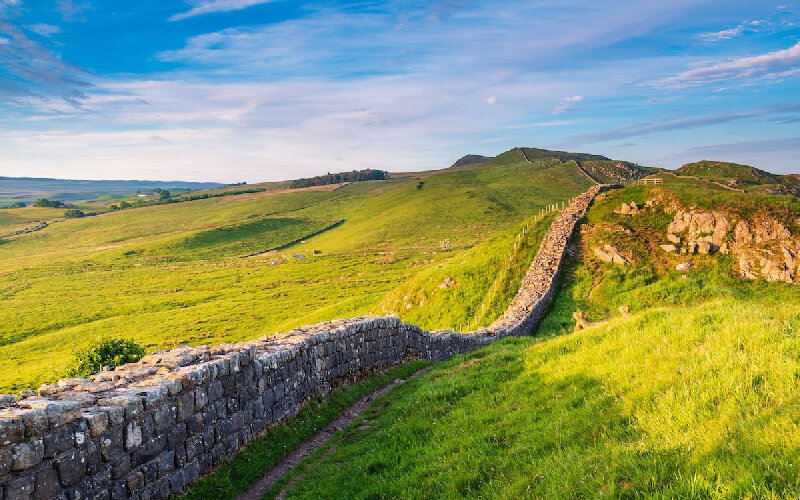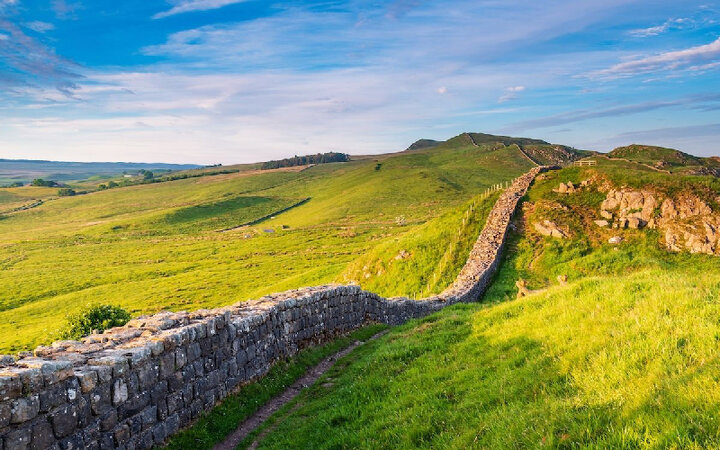Iran (IMNA)- Of course, the two most well-known are the fabled Great Wall of China and Hadrian’s Wall, both of which are located in Northern England and were constructed by the Roman Emperor Hadrian. The Berlin Wall is a more contemporary example and a reminder of the Cold War between the U.S. and the USSR, as well as the Belfast Peace Wall in Northern Ireland.
Between the Great Wall of China and Hadrian’s Wall, however, was the construction of a second, equally impressive wall in West Asia; the Great Wall of Gorgan.
The Great Wall of Gorgan, between the Caspian Sea and the Alborz Mountains, guarded the Sassanian Empire’s frontiers. It was one of the hardest buildings to take over because of the clay, fired bricks, mortar, and other sturdy building materials that went into its construction.
Although there is some disagreement regarding when it was built, many sources date it to the fifth or sixth century CE. This would imply that the Sasanian Empire was founded by the great Khosrow I, one of the greatest kings of Persia.

Even though the initial purpose of the wall’s construction is mysterious, many people think it was to defend the northern borders of the Empire against the Hephthalites, also known as the White Huns, with whom the Sassanids had mixed relations.
Except for the Great Wall of China, it completely dwarfed all other similar structures with a length of 195 km.
To put it in perspective, Hadrian’s Wall and Antonine’s Wall don’t even come close to matching Gorgan’s Wall.
But more than just its size, this wall’s structure was remarkable, adding to its impact.
Also known as Red Wall, which in some ancient texts is referred to as the Red Snake, the Great Wall of Gorgan, according to UNESCO, is remarkable not only in terms of its physical scale but even more so in terms of its technical sophistication. To enable construction works, canals had to be dug along the course of the defensive barrier to provide the water needed for brick production. These canals received their water from supplier canals, which bridged the Gorgan River via qanats. One of these, the Sadd-e Garkaz, survives to 700 m in length and 20 m in height but was originally almost one kilometer long.
The Gorgan Wall and its associated ancient military monuments provide a unique testimony to the engineering skills and military organization of the Sassanian Empire. They help to explain its geographic extent, from Mesopotamia to the west of the Indian Subcontinent, and how effective border defense contributed to the Empire’s prosperity in the interior and its longevity. These monuments are, in terms of their scale, historical importance, and sophistication, of global significance.

Tehrantimes


Your Comment